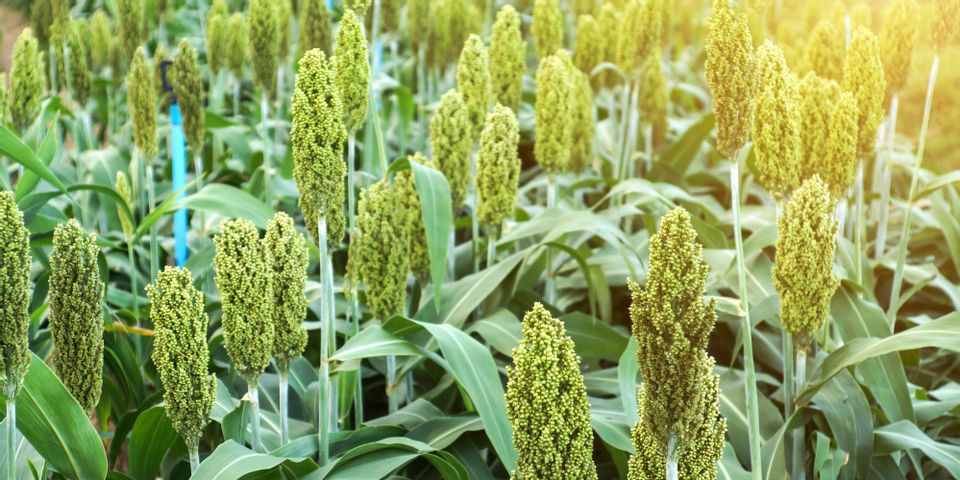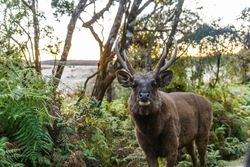
A food plot is an area dedicated to feeding wild animals, such as deer and birds. After excavation, you’ll need to maintain your plot by watering and caring for plants that support wildlife. This guide reviews the steps involved in creating a food plot, from land clearing to planting.
How to Construct a Food Plot
Size
A plot of land ranging in size from a half-acre to two is large enough to support a wildlife ecosystem. The point of a food plot is to create an area that’s natural and protective. A plot that looks too landscaped won’t attract wildlife. Animals need bedding areas, food sources, water, and adequate coverage so they feel safe while feeding and sleeping.
Plants
After land clearing a plot to remove overgrowth and weeds, improve the soil with compost and nutrients. Next, plant perennial ground covers, like white clover, alfalfa, and native grasses.
Fruit trees—apple, pear, and persimmon—will attract mammals and birds. Include plum or blackberry shrubs for security and as an additional food source. Also, sow wildflowers that are natural to the region, including a mix with summer, fall, and winter blooms.
Benefits of Food Plots
Feeds Wild Animals
 Some animals are challenged to find food throughout the year. A food plot will help maintain their populations while preserving their safety and providing them a home.
Some animals are challenged to find food throughout the year. A food plot will help maintain their populations while preserving their safety and providing them a home.
Gives Back to Nature
Land clearing and planting new vegetation restore the environment, especially if you construct a food plot on land where animal life is limited, whether due to human activity or scarce food sources.
For help with your next land clearing project, contact Jeff Simek Construction Company in Ogema, WI. Whether you need to make room for a food plot, septic system, pond, driveway, or sidewalk, they’ll help you build it. With over 25 years of experience, you can trust their experienced teams. Call them today at (715) 767-5295 to schedule an estimate, or visit their website to view a list of their excavating services.
About the Business
Have a question? Ask the experts!
Send your question

